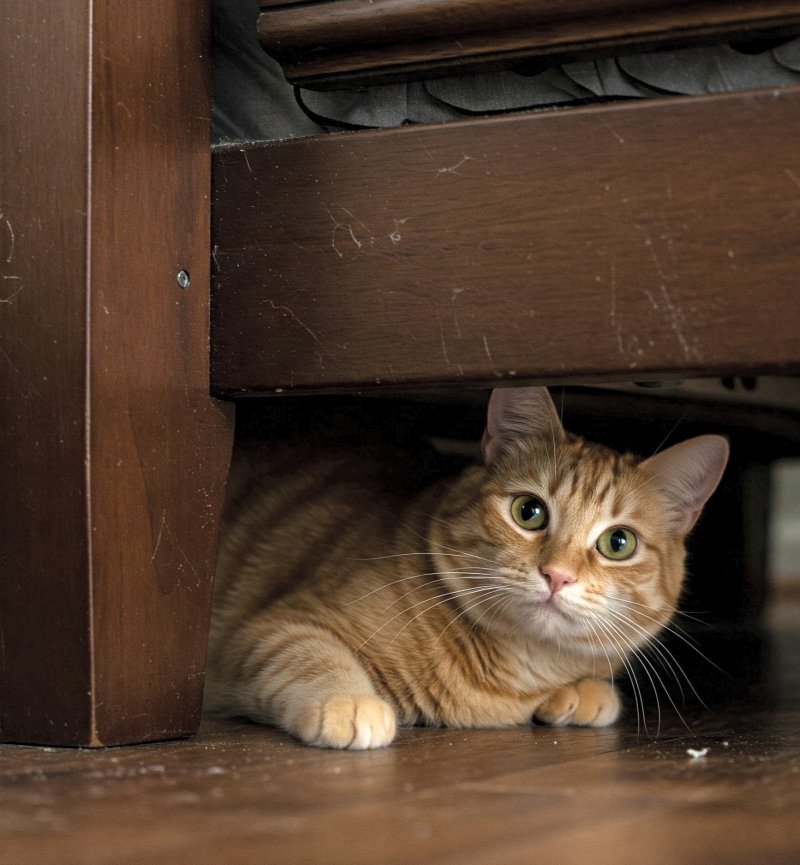What to expect when you bring home your new best friend(s)
Settling your cat into your home with the 3-3-3 rule

Each cat is unique and adjusts differently.
To help your newly adopted cat thrive, the first 3 weeks are key. This is the time to build trust and establish comforting routines together.
Imagine what it's like for your new cat – they've been separated from their entire world, and maybe even their playmates.
Adopting kittens/cats in pairs helps to reduce the stress of being moved to an unfamiliar place.
Three Days: When you adopt a new cat, you can expect that the cat will need time to adjust and acclimate to its new surroundings. Allow the cat to approach you on their own terms when you first bring it home. This will help your cat feel a sense of control. These first few days require an immense amount of patience on your part. Your cat may be very nervous and hide for the first couple of days. Be patient, and allow your cat to adjust at his own pace.
Have the cat's space set up before you bring the new cat home to help your new cat settle in. Be sure to have toys, litter boxes, food, water bowls, and some of your worn clothes so they can get used to your scent. Scratching posts or cardboard scratchers are a must! Start with small spaces or a room for the cat at first. This will limit where they can hide.. It may help if you enter their space, sit, and talk quietly with your new BFF, not expecting the cat to come to you at this point. If your cat is outgoing and seems well settled, remember that keeping them confined for a few days will help them learn their surroundings and get used to their litter box and scratching post, making them more likely to use them! The cat may show these typical signs.
-
Feeling overwhelmed
-
May feel scared and unsure of what’s going on
-
May not feel comfortable to be ‘normal’
-
May not want to eat or drink.
-
Shuts down and/or hides
-
Test the boundaries
After a few days, you may want to start using toys and gently playing with them. They may or may not want to play at this point.
Three Weeks: After 3 weeks, your cat is probably getting used to your comings and goings, learning the daily routine, and figuring out when the next meal is coming. The cat(s) may have acclimated enough to have a full run of the house, or they may just be starting to venture out of their room. Providing the cat with scratching posts, litter boxes, and blankets/beds in its own room at first allows you to place these objects in other areas of the home, giving it familiar scents and sights to help it get used to a new place.
-
Starts to settle in
-
Starting to Explore and Relax
-
Feels more comfortable
-
Figures out the environment
-
Gets into a routine
-
Begins to show its true self
Three Months: At 3 months, most cats know they are “home.” It’s a process to get there, but with patience, you’ve worked together now and can enjoy the journey toward a great relationship. Keep in mind that settling into a new environment can be a lengthy endeavor, but well worth the effort for you and your new family member!
Start small with training, and use it as a time to bond with your new friend. A first training goal can be to teach the cat to look at you in response to his name. Repeat this several times a day, always delivering something your cat likes when you call her name. As with all other routines, take training at the pace your cat is comfortable with and encourage the good behaviors through positive reinforcement.
-
Finally feels comfortable in his home
-
Begins to build trust and form a bond
-
Gains a complete sense of security with his family
-
Well established routine